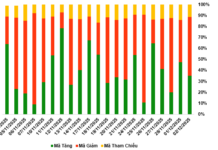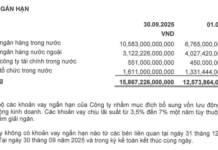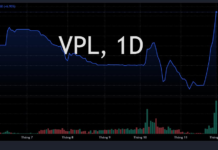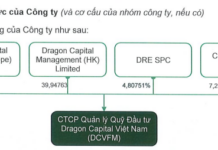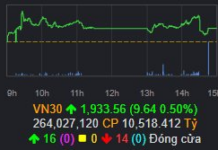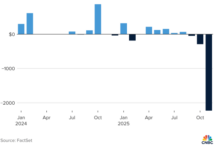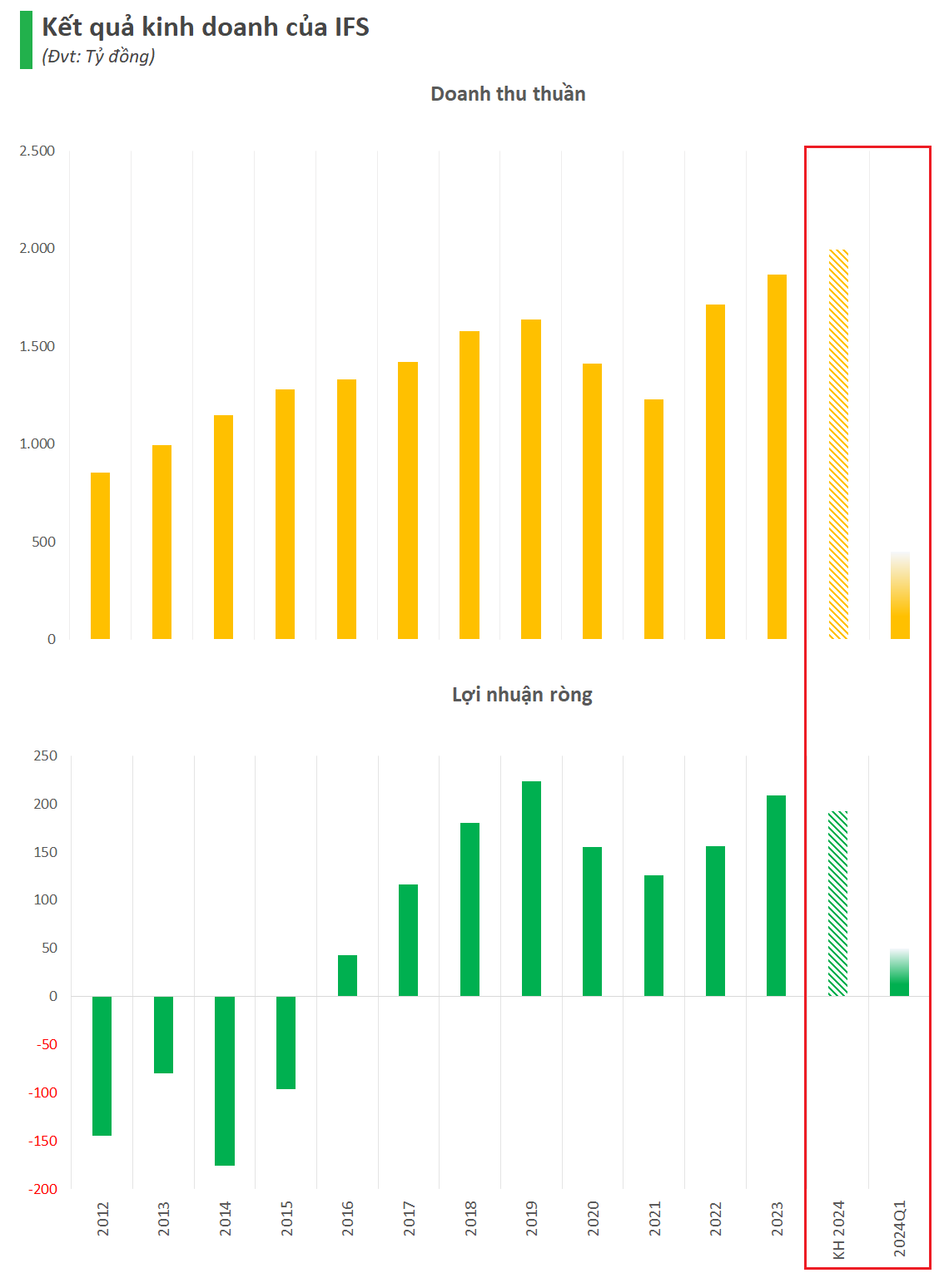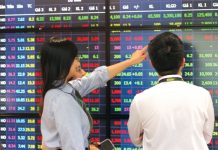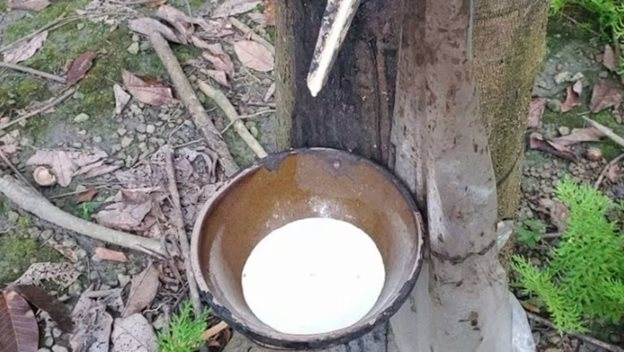
Natural rubber prices for July delivery on the Osaka Exchange (OSE) – a reference contract for the Asian market – traded at 298.5 yen ($1.99)/kg on February 19, 2024, highest closing price since February 17, 2017 (7-year high). This price is 13% higher than the end of 2023. Prices also rose in other Asian markets.
At the Shanghai Futures Exchange, the May rubber contract was at 13,555 Chinese yuan (1,883.08 USD)/metric ton, while at the Singapore Exchange (SICOM), the March contract rose to 155.20 U.S. cents/kg, highest in a year and a half.
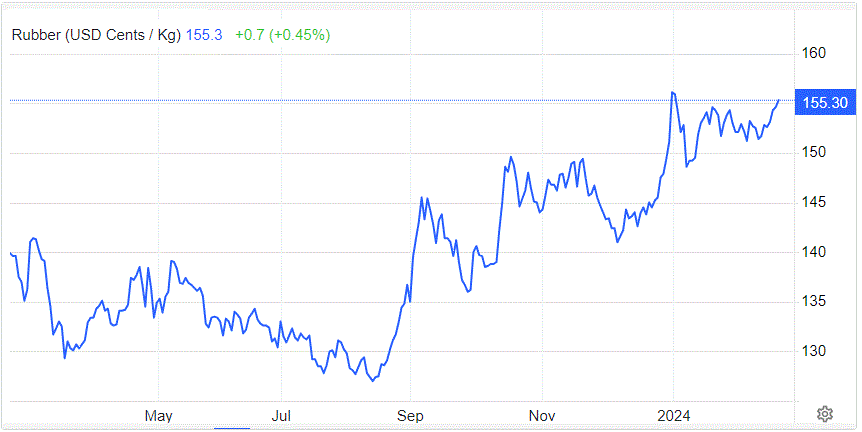
Prices of rubber on the Singapore exchange.
Several factors have contributed to the surge in rubber prices.
First and foremost, there is the booming car sales in China. According to the China Association of Automobile Manufacturers (CAAM), in the first half of 2023, monthly car sales were mainly around 2 million vehicles. But in November 2023, sales increased by 27.4% compared to the previous year to 2.97 million vehicles, and then increased to 3.15 million in December, up 23.5%.
In particular, sales of new energy vehicles, a category that includes electric cars, reached 1 million vehicles for the first time in November 2023. Electric vehicles are a rapidly growing segment of the Chinese auto market, the world’s largest market.
The high car sales have driven the demand for natural rubber. According to Michelin, in December 2023, demand for tires for new vehicles in China increased by 30% compared to the previous year.
Shinichi Kato, president of the rubber distribution office Shinichi Kato, based in Tokyo, said, “Demand for car tires in China showed signs of hitting bottom in December (meaning it started to increase from there).” “Local factories are ramping up tire production.”
Meanwhile, concerns about increasing supply have risen due to heavy rains in Thailand, the world’s leading natural rubber producer, in December, which affected the development of rubber trees. In Southeast Asian countries, November to January is typically the peak season for rubber tapping.
Gu Jiong, head of corporate services and investment at Yutaka Trusty Securities, said, “Due to the impact of severe weather, this year’s harvesting season in Thailand cannot increase production to meet the high demand.” The Thai meteorological agency warned on February 19 that severe weather from February 23-25 in northeastern, eastern, and central Thailand could cause further damage to the crop.
The price of Thai RSS3 rubber (March contract) is currently at 80.27 baht/kg, the highest in 2 years.
The poor harvest in Thailand has depleted the reserves in warehouses in Japan. As of January 20, 2024, warehouses of the Osaka Exchange had 6,240 tonnes of natural rubber in stock.
Rubber supply from production sources to warehouses of the Osaka Exchange is very slow. “Reserves at warehouses of the Osaka Exchange at this time of year are usually around 10,000 tonnes. With just over 6,000 tonnes this year, the market is very concerned about the shortage,” said Gu Jiong.
The Southeast Asian region has passed the peak production period and is entering the low natural rubber production season, which lasts from February to April. Not only is the weather in Thailand unfavorable, but the harsh daytime temperatures in Malaysia have also reduced latex production and forced some rubber tappers to work at night. Meanwhile, the China Association of Automobile Manufacturers expects car sales in the country to increase to about 31 million this year.
Overall, rubber analysts and traders expect raw material prices for tire production to remain high in the near future. They believe that prices are unlikely to decline until the end of the low natural rubber production season.
Michelin’s Japanese branch, Nihon Michelin Tyre, recently raised the prices of passenger car tires and other tires by 6% to 10%, citing increased labor and raw material costs.
References: Nikkei, Reuters

